Your messaging is arguably the biggest contributing factor to your website conversion rate.
Of course, much depends on the industry you’re in and the scale at which you’re operating.
But it’s simply undeniable that the messaging you use on your website contributes to how many people are persuaded to buy your product.
Here’s the problem: it’s really hard to judge how effective your copy is.
Being someone inclined both to data and the written word, I’m highly interested in website analytics tools and solutions designed to help with this. Here are some of my favorite ways to better judge the performance of your copy.
What is Message Testing?
Message testing is research that tells you how your marketing language resonates with your audience. There are various ways to measure your messaging, including user testing, analytics, heat maps, and A/B testing.
6 Message Testing Techniques
- Wynter
- FiveSecondTest
- On-site polls
- Heat maps
- Website or Product Analytics
- A/B Testing
1. Wynter
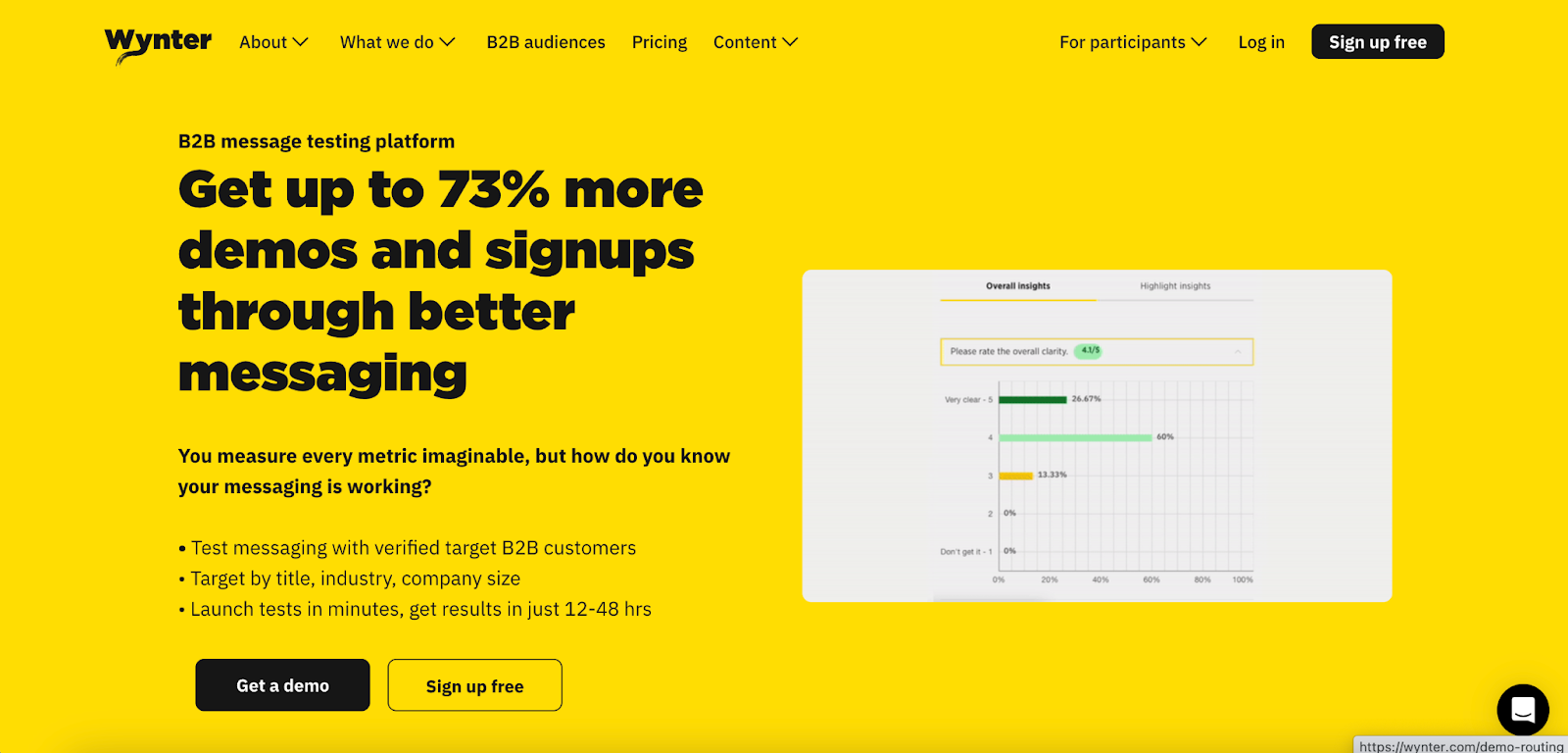
Wynter is a user testing tool, but it’s specifically catered towards messaging and copywriting.
This means you can recruit a panel of your target audience (they have many audiences, and they’re especially great at B2B panelists).
Then you can pick a page, a section of your website, or an email to message test. Wynter will help you formulate effective message testing questions, and then the panelists simply walk through your website and give feedback on specific parts of your marketing message.
We did this on our own content agency’s website. Here’s a screenshot of some of the responses we got for this case study:
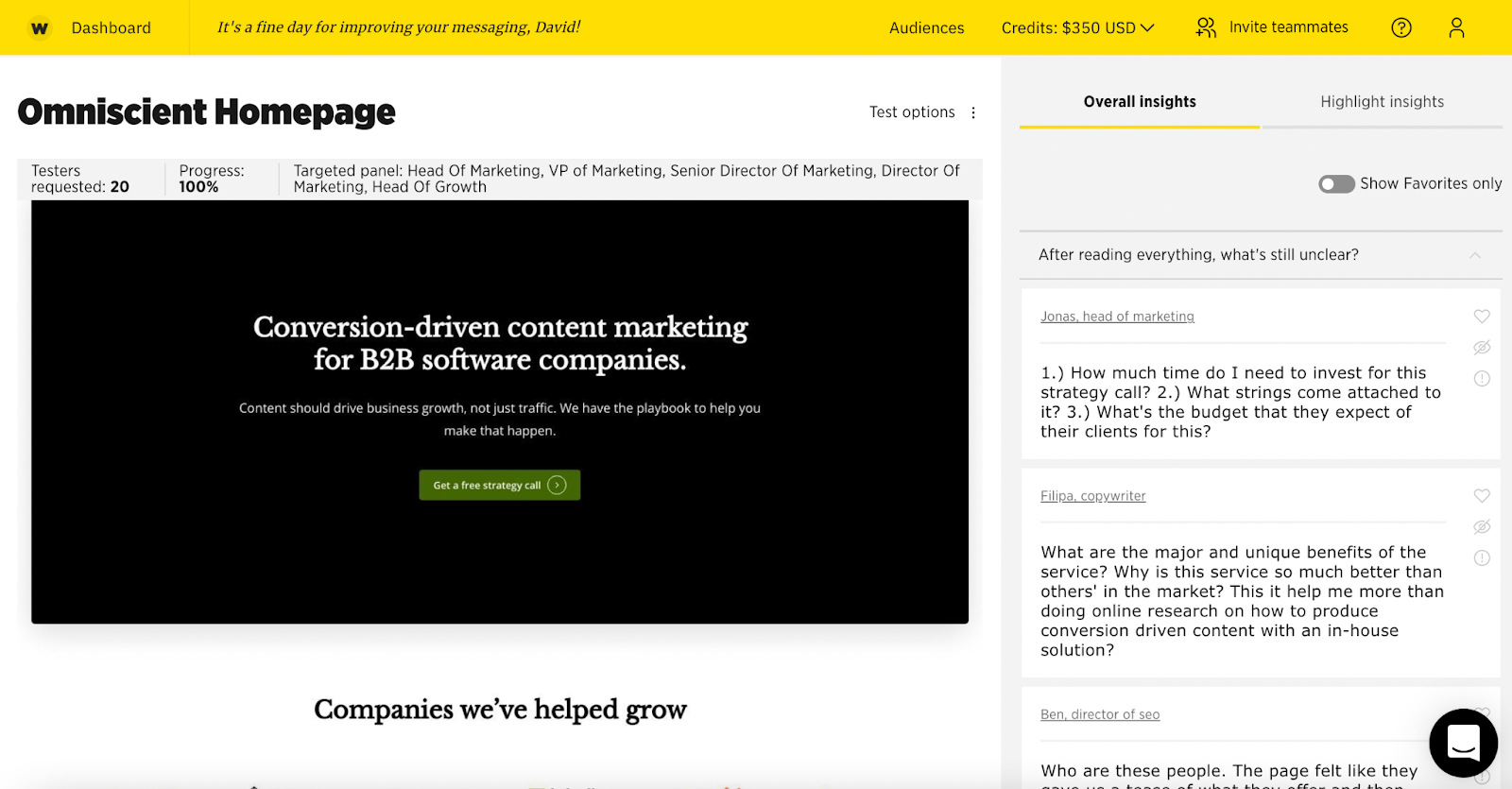
And as you can see, we actually did implement a ton of changes based on these insights:
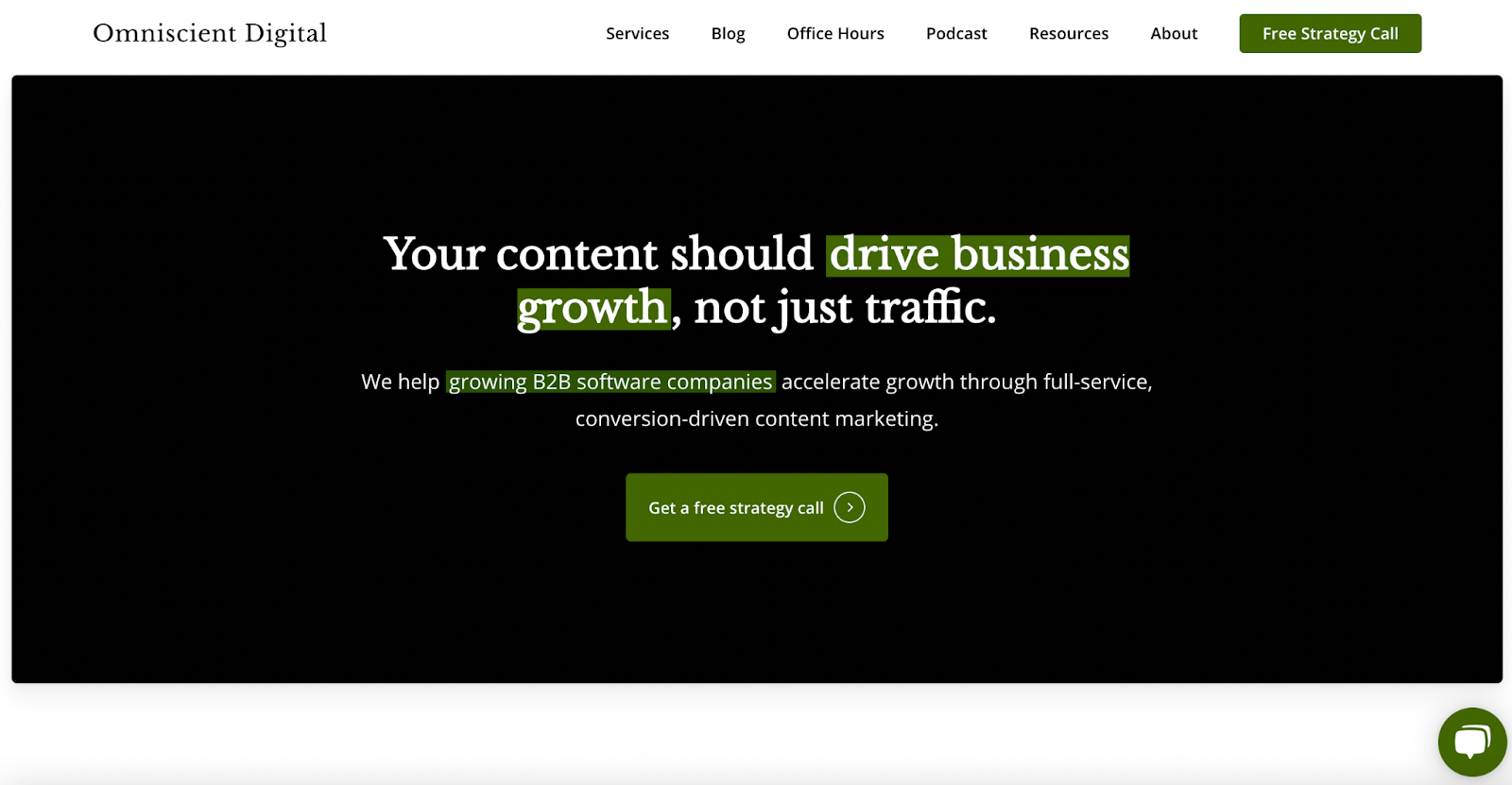
We found it incredibly helpful, especially as a B2B website that doesn’t have much traffic and also drives high ticket sales that have a long sales cycle.
I use Wynter for any experimentation or CRO client I work with as well and find it to be perfect for crafting a winning message and enhancing the overall voice of a marketing campaign to better appeal to potential customers.
So if you’re looking to thoroughly test your marketing messaging and get direct, unbiased input to refine your copy, this is a great qualitative research tool to use.
2. FiveSecondTest
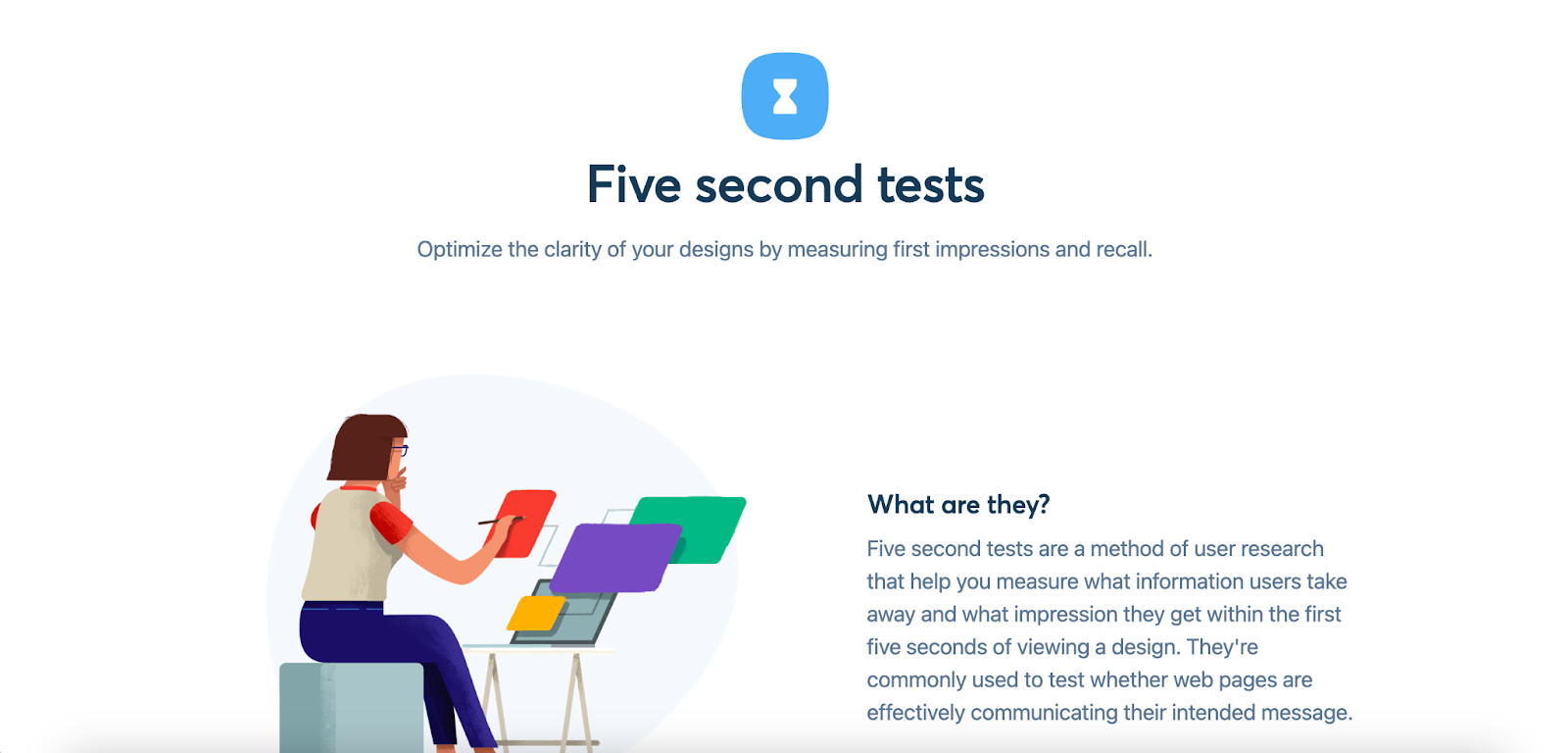
FiveSecondTest offers similar message testing market research capabilities as Wynter, although it’s a bit more general, so your insights will be less targeted.
Basically, the tool does exactly what it sounds like: you get a panelist of testers and they get a 5 second flash of your website or landing page. Then, they attempt to explain what your website is selling.
Where Wynter can focus on getting you insights on clarity, distraction, motivation, and hesitation, FiveSecondTest is really excellent at testing just the clarity of your messaging.
It helps you answer, “How easy is it for people to understand my core message?” Since you just get five seconds and your panelists may not be your specific target audience, you get great high level feedback on any confusion or lack of understanding, especially on your homepage and headlines.
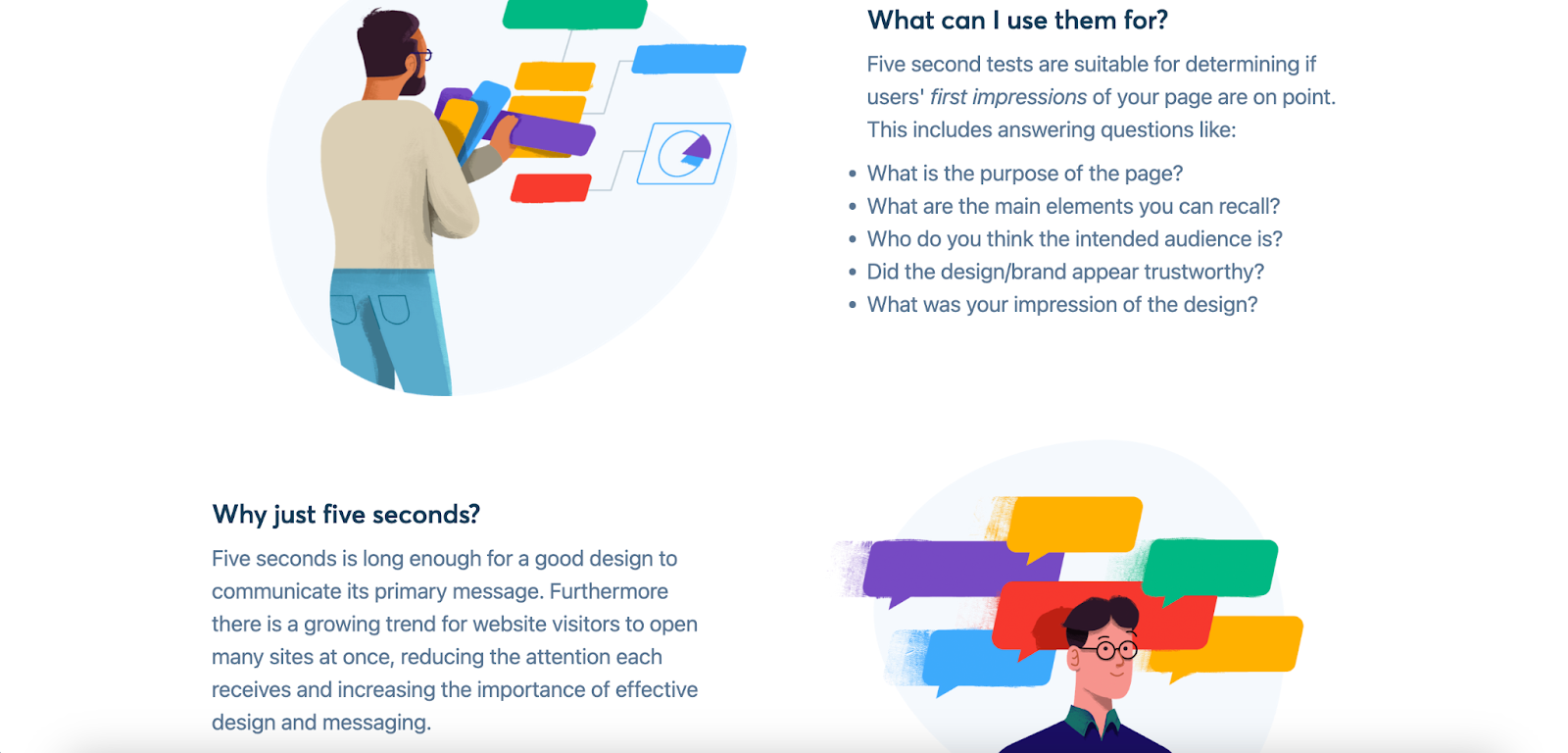
In turn, this can be invaluable message testing research for getting the critical feedback you need to enhance your marketing campaign copy.
Also, it can work well if you’re looking to perform market research and conduct concept testing before launching a landing page.
Rather than potentially jeopardizing your brand perception by blindly launching a landing page before message testing, you can collect user feedback from a focus group to ensure your marketing copy hits its mark.
3. On-site polls
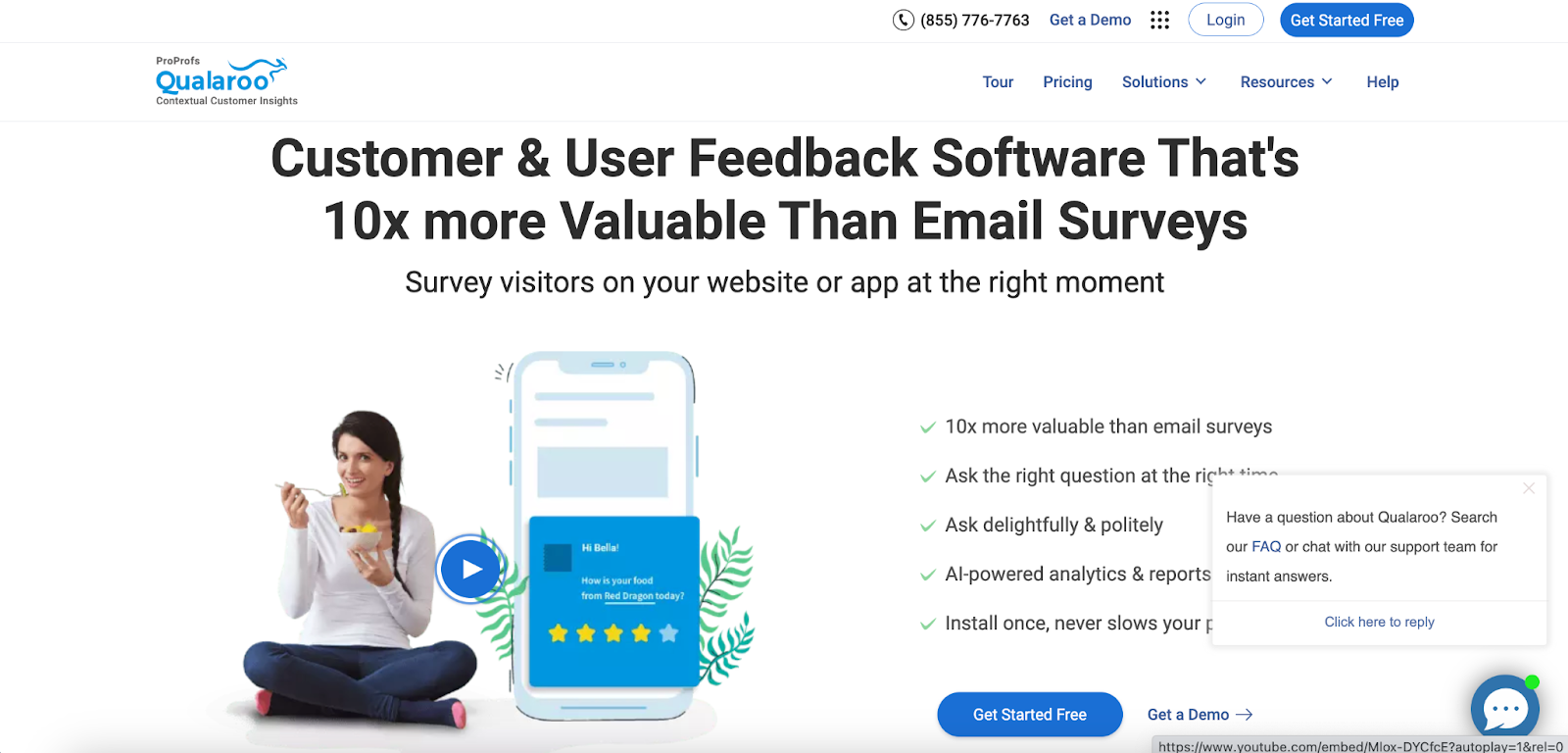
Companies like Qualaroo and HotJar have tools to help you collect anonymous feedback from visitors to your website. These insights come from on-site polls - little pop ups that contain a question or set of questions that visitors can answer to help with usability testing, ad testing, and of course, message testing.
With an on-site poll, you’re getting very specific feedback, but only from random visitors (so you can’t assume they’re a certain title or your ideal target customer).
Of course, there are pros and cons here.
A big pro is that anonymous feedback is sometimes the most honest. So if you phrase your questions correctly (which we’ll cover in a section below), then you can get rich insights that are hard to find with any other messaging testing method. But then there’s the issue of anonymity and also selection bias; not everyone will fill out a survey on a website. In fact, only a small subset of visitors do.
So you have to take your insights with a grain of salt, realizing that those who choose to respond to surveys may not represent the thoughts of your whole audience.
Still, I love these message testing research tools for getting insights on pages close to the point of purchase - thank you pages after signup or purchase, checkout funnel polls to see what hesitations remain, and pricing pages for SaaS companies.
I also love to use them on informational pages like blog posts. This helps me ideate new topics, but also craft articles that contribute to the top line instead of just traffic.
4. Heat Maps
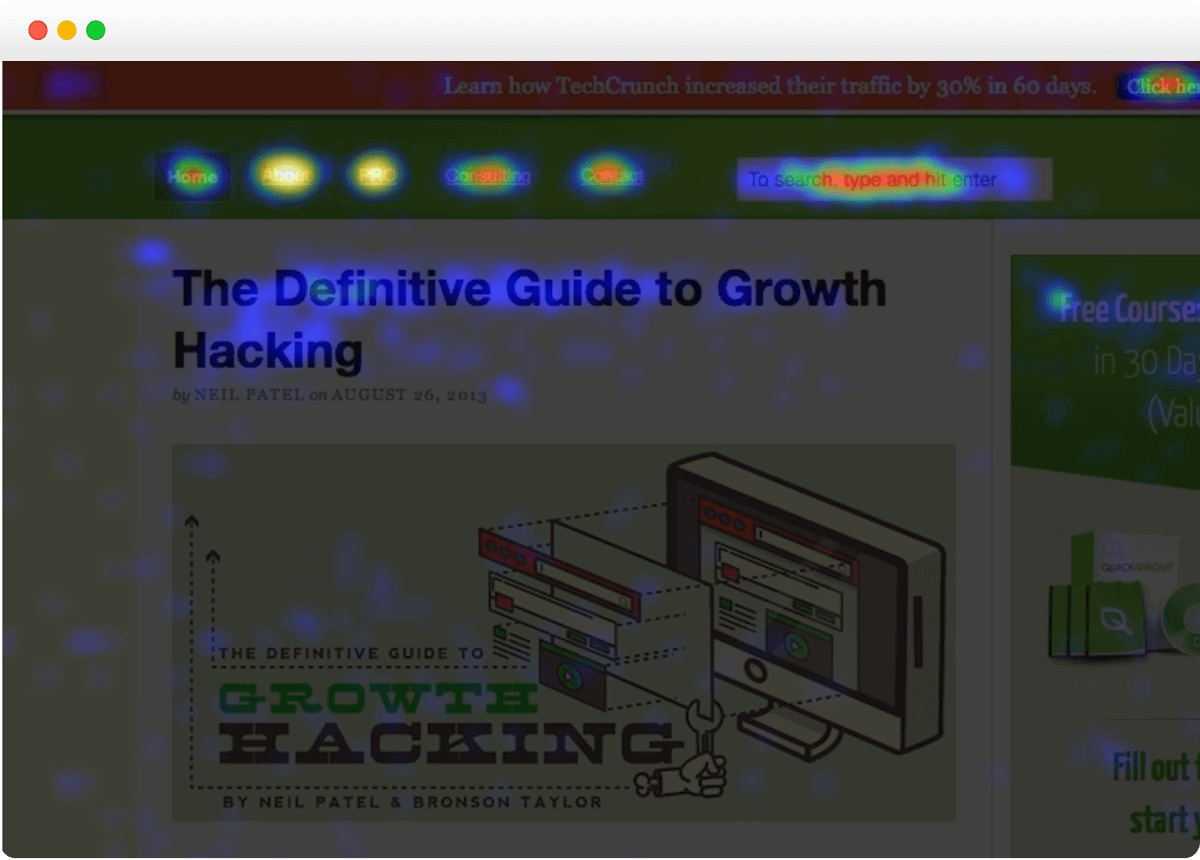
Heatmaps let you see where people click on a page, where they scroll, and where their mouses hover.
This is a less precise way to gauge your copywriting effectiveness, but one easy way to identify an unengaging copy, especially on a long form sales page, is to see how far people are scrolling down and when they drop off.
If there is a sharp dropoff after a specific section, it may help to re-write that section of the page and see if it helps people move further towards the CTA.
Optimize for Conversion & ROAS Now! Explore Woopra in a demo and enjoy a 2-week free trial: https://www.woopra.com/demo
5. Website or Product Analytics

Website analytics (or product analytics)if you’re working on product messaging) can help you in a similar way to heat maps; they allow you to use quantitative research to tell you engagement rates and exit rates on given pages.
So if you have a set of similar landing pages, and there are a few pages with much higher bounce rates and lower time on page, it might be that the key messages on those pages aren’t aligning to the users’ expectations.
In that case, I’d pick those pages as focus areas and then use other methods like on-site polls or Wynter to see which parts of the copy specifically aren’t resonating so you can make more informed decisions based on your market research.
6. A/B Testing
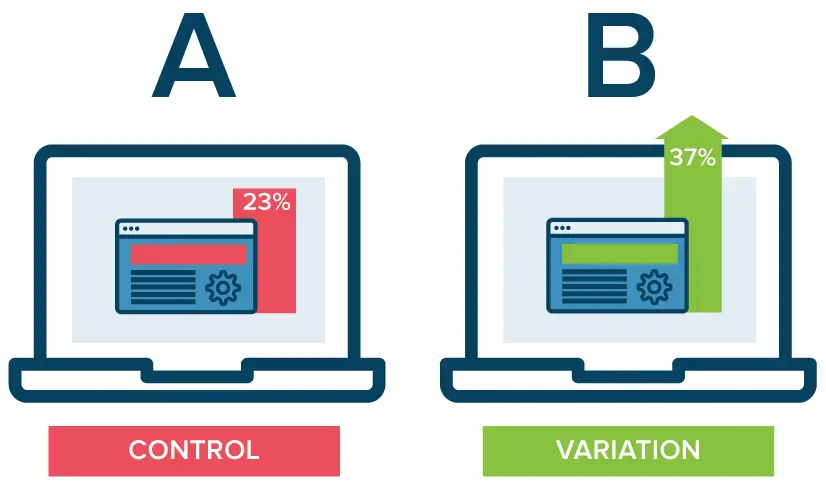
Finally, if you have the traffic, you can run A/B tests to quantify the impact of parts of your copy. Sometimes a simple comparison of message A versus message B is all the message testing research you need to understand the impact it’s having on the user experience and develop more effective communication.
This is especially true if you want to run headline tests on your homepage or landing pages since you can easily decipher which messaging is working and which isn’t.
Where A/B preference testing gets harder is when you want to diagnose a whole page of copy versus a single section like a headline. And of course, you’ve got to have a lot of traffic to make A/B testing worth it.
While I can’t claim that it’s a be-all-end-all message testing tool, it can certainly be a nice arrow in your quiver.
Message Testing Questions
The questions you ask when performing customer research will determine the answers you get.
In conducting messaging tests, I’d spend almost all of your time figuring out what exactly you want to know. If you’re trying to revamp your positioning, you’re going to come up with different questions than if you simply want to know what’s confusing about a checkout process.
That said, my favorite questions to diagnose copy issues anchor around key conversion themes, such as those in the LIFT Model:
- Value proposition
- Relevance
- Clarity
- Distraction
- Anxiety
You can see these themes reflected in the questions that Wynter asks its panelists:
After reading everything, what’s still unclear?
- What’s your biggest doubt after reading this offer?
- What would make you agree to the offer (can’t change the price)?
- What do you like most about the offer?
- How much do you care about the offer? (Score on a scale of 1-5)
- I want to learn more…(Score on a scale of 1-5)
But in the end, you’ll need to figure out which questions are designed best to draw out the insights that will help you make decisions with your messaging strategy.
Message Testing Examples
I’ve already mentioned above that we used Wynter for our own agency’s website. We used their stock questions and focused on three specific areas of our homepage:

This helped us do strategic positioning for our agency as well as sculpt the specific areas to deliver the right message to better motivate people to purchase.
I wanted to highlight another experiment that I’m currently working on: using Wynter and Conversion.AI to build out our email marketing program.
You see, I’m busy. I not only run this content agency, but I also work full time at a startup. So it’s hard to find the time not only to write our email marketing flows, but to test them.
But it’s clearly important for the success of our business, so here’s what I’m doing:
- Outline the emails and messaging campaign sequences we need. For instance, I know we need three nurturing emails after someone signs up for an offer with multiple messages, and I map out each “theme” or topic of the email in advance.
- I then use Conversion.AI to help me write the copy. Once I have my theme or idea in mind, this software just helps me write faster. It doesn’t replace me as the copywriter but it helps speed things up.
- Then I run a Wynter test on the individual email drafts that I write.
- I take the feedback from the test message, and then I edit the emails with those marketing messaging testing insights included.
- I launch my nurturing emails and get data on what is working and what is not (through open rates, click-through rates, etc.).
- Then I go back and optimize communication strategies using Wynter to identify the key bottlenecks.
In this way, I can both increase the output of my copywriting, but also test it quantitatively (through email analytics and full journey customer analytics) and qualitatively (through Wynter)for a robust message testing methodology.
Conclusion
Everyone knows copywriting is critical to digital marketing and optimization, but very few know how to test their copy.
Fortunately, there are several tools that can help you diagnose where your copy is failing and come up with potential ideas and solutions to fix it.
My favorite way to do this is through a mixture of purely quantitative and qualitative UX research. Identify pages or parts of different messages within copy that aren’t working through your website analytics or heatmaps, and then optimize specific sections through on-site polls or Wynter.
And if you’ve got the traffic, run A/B tests to truly understand the performance difference.


